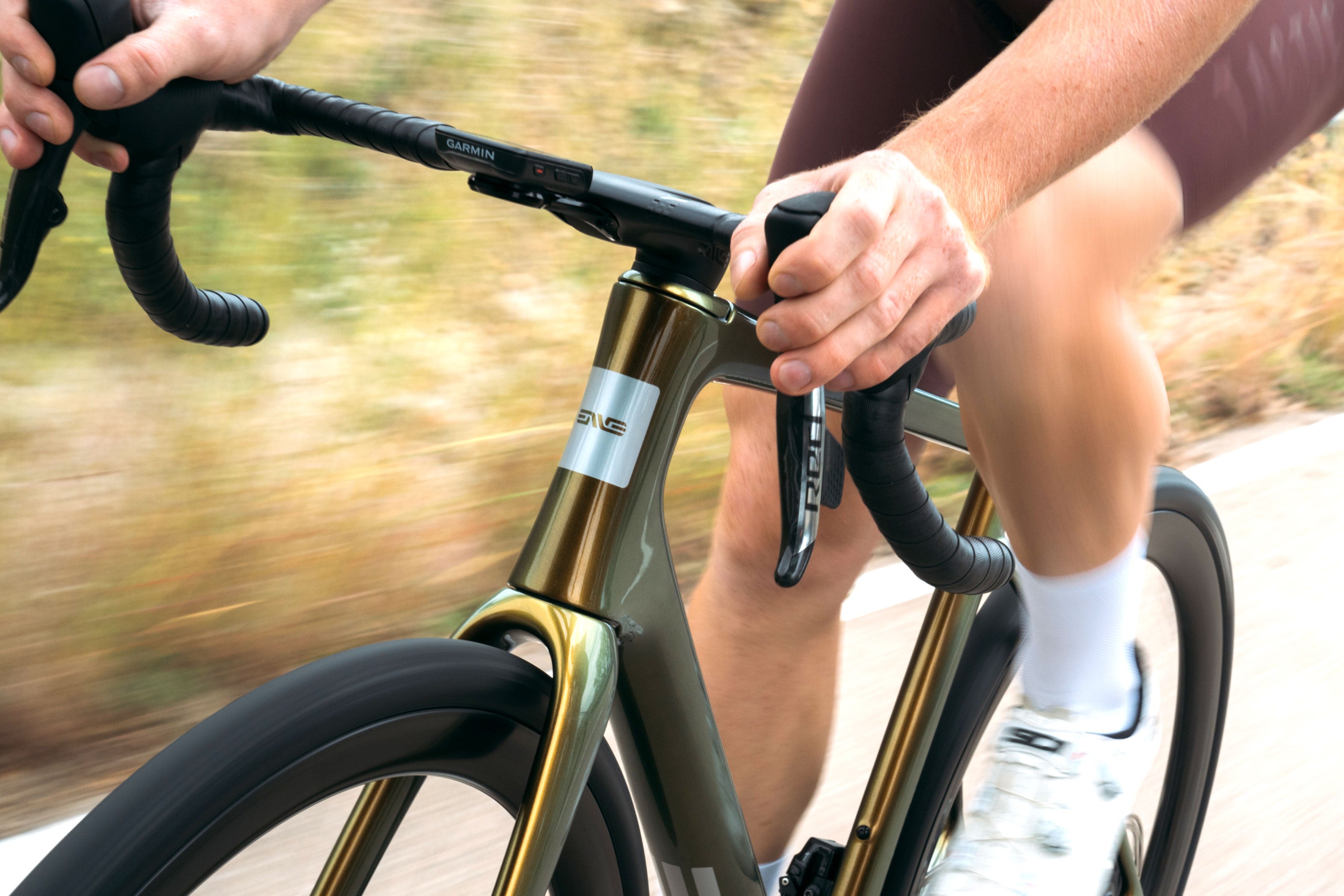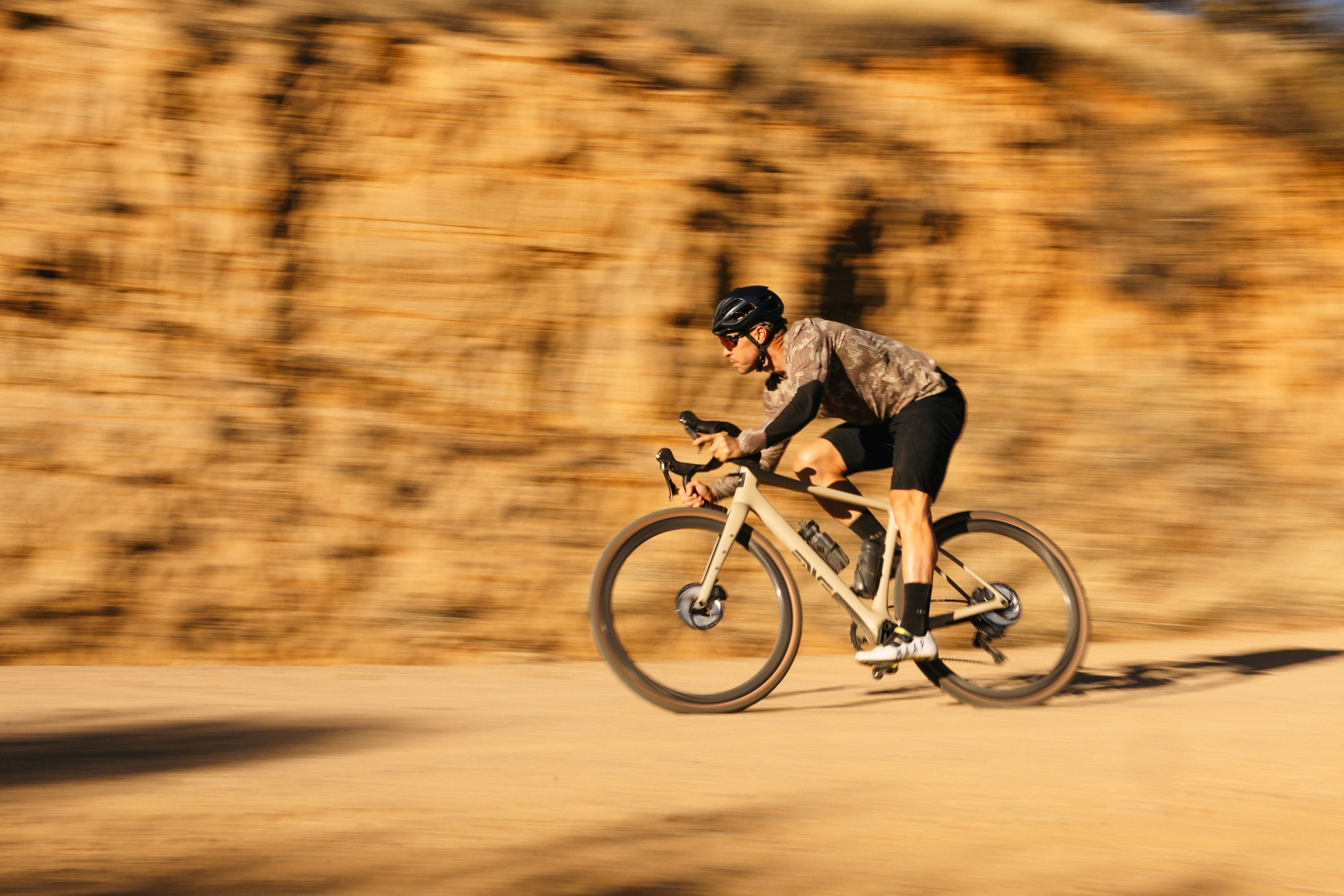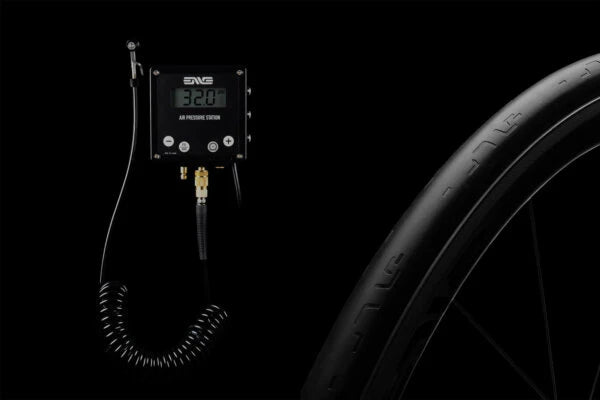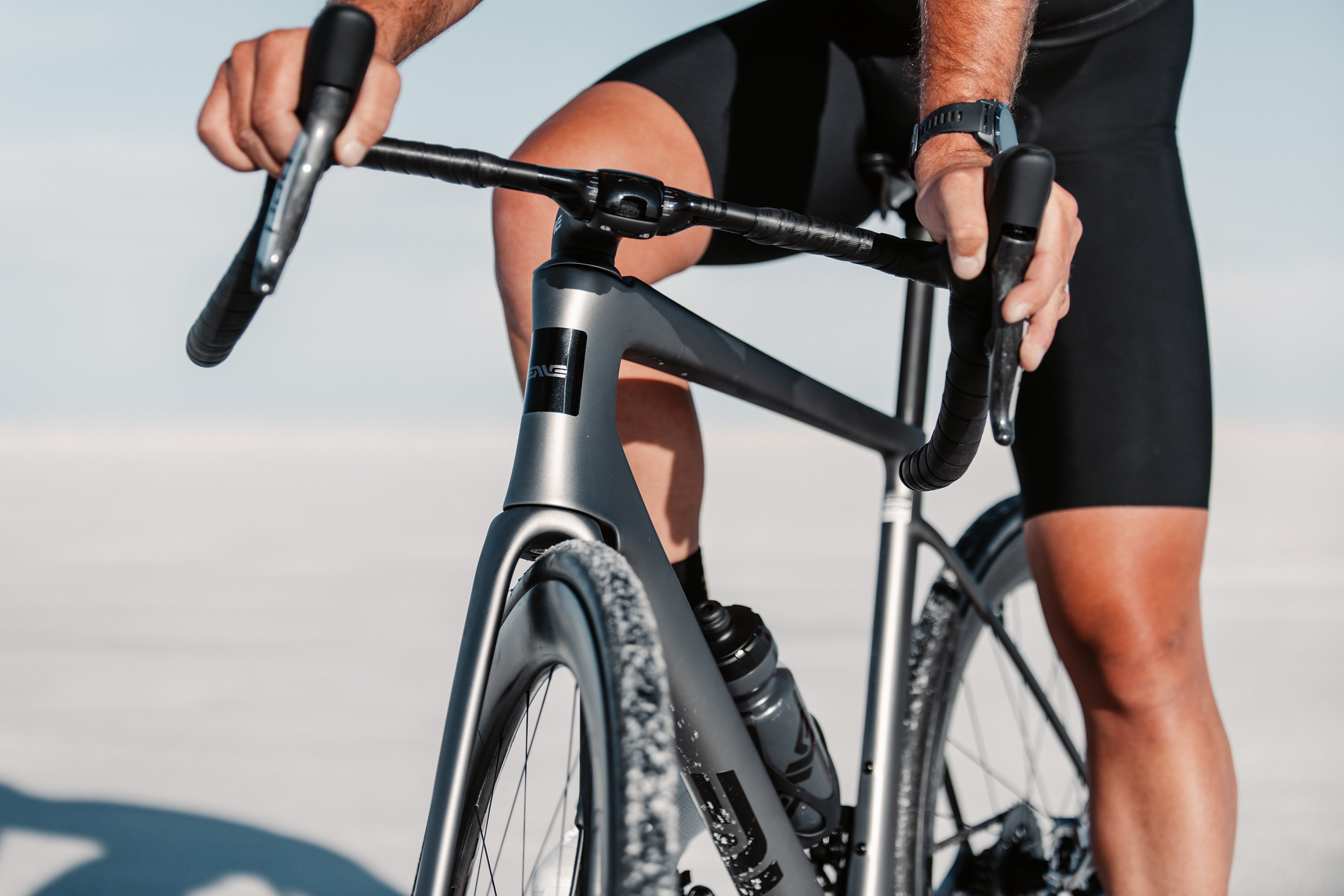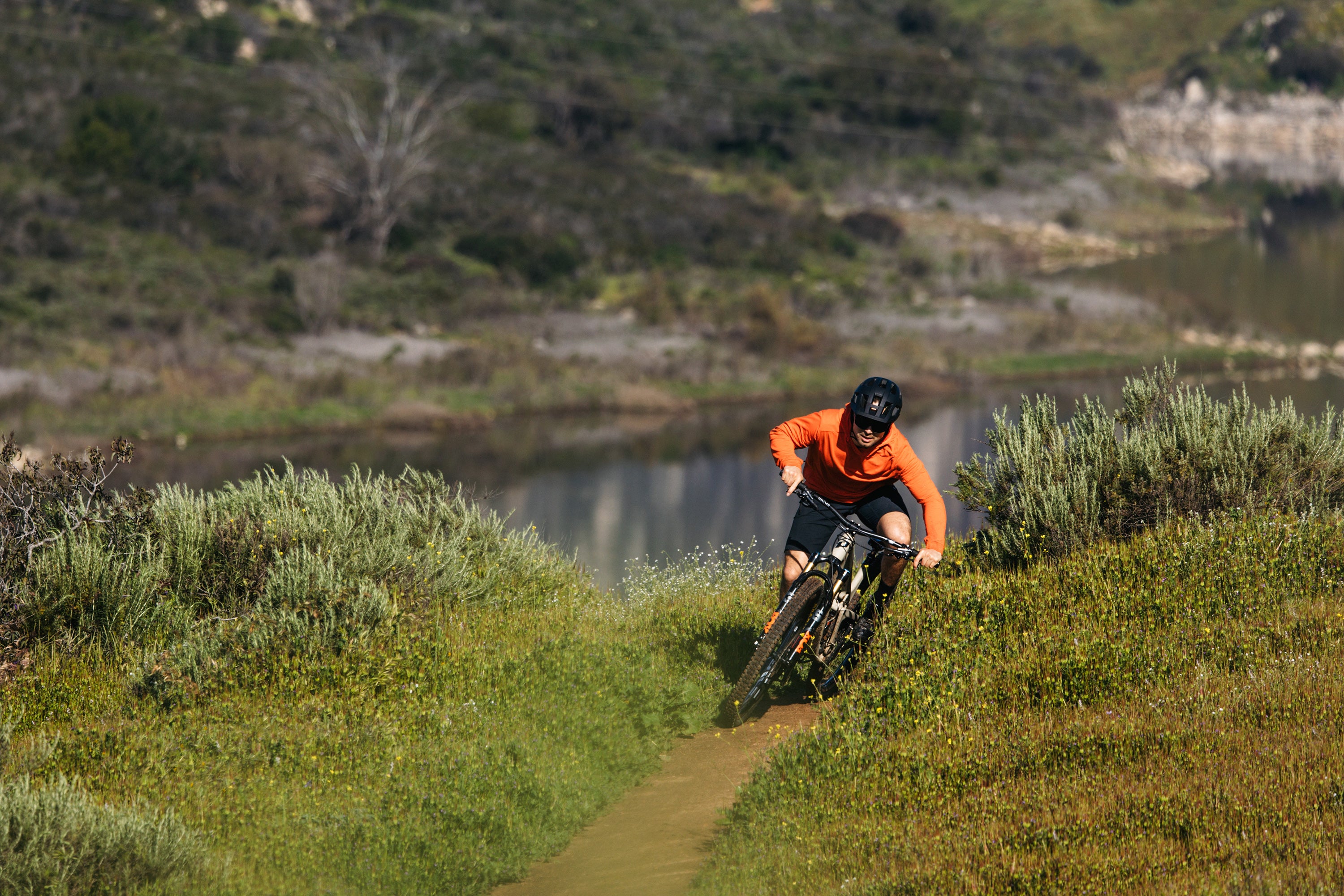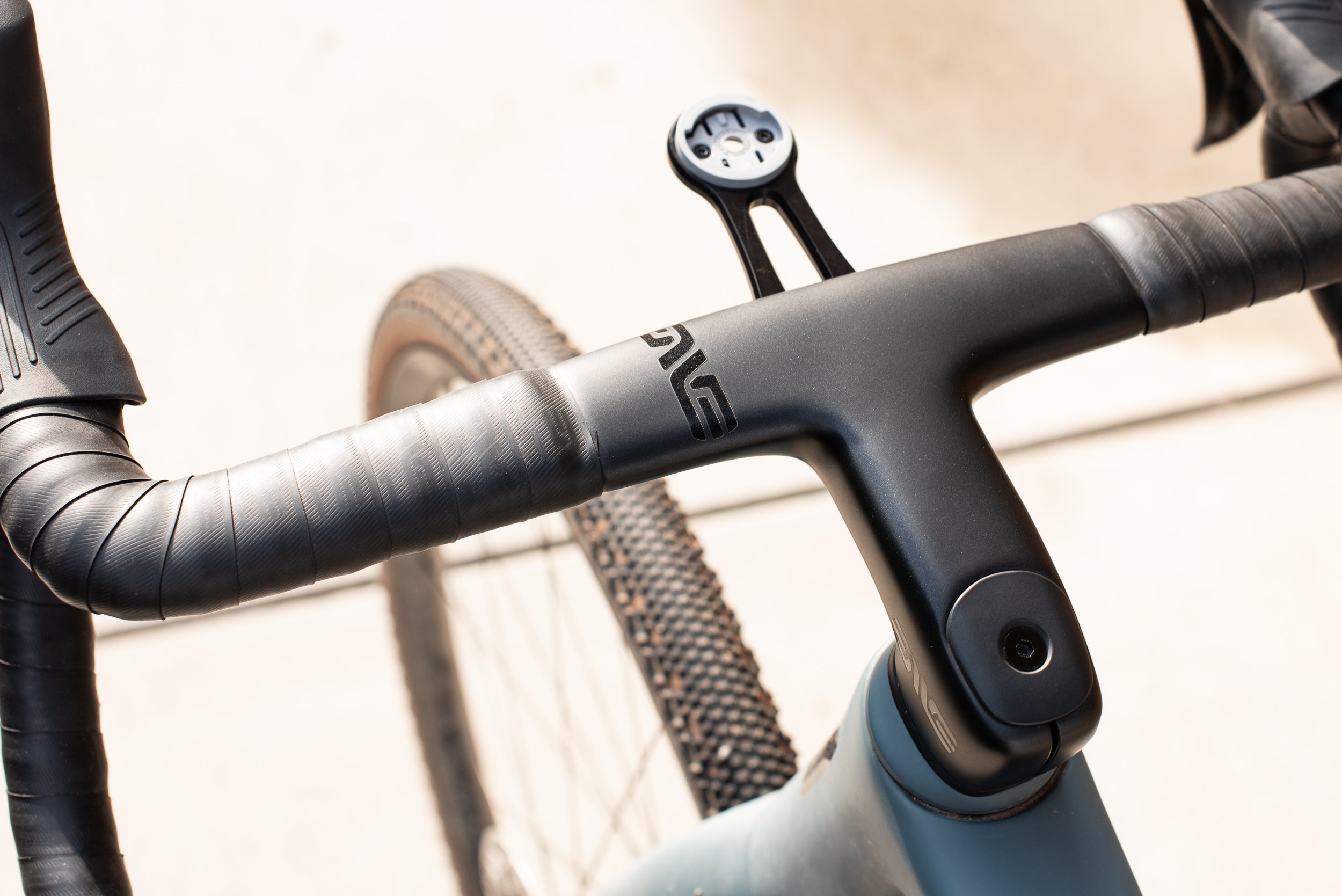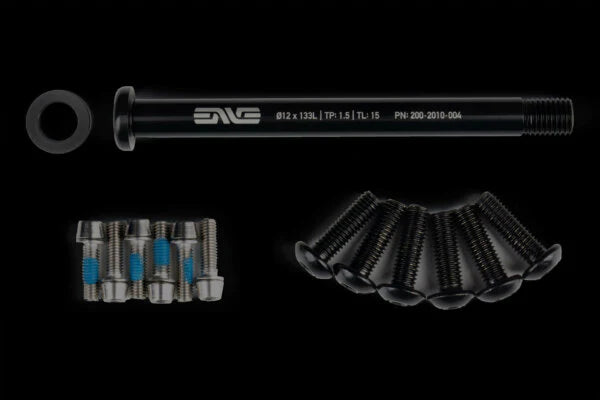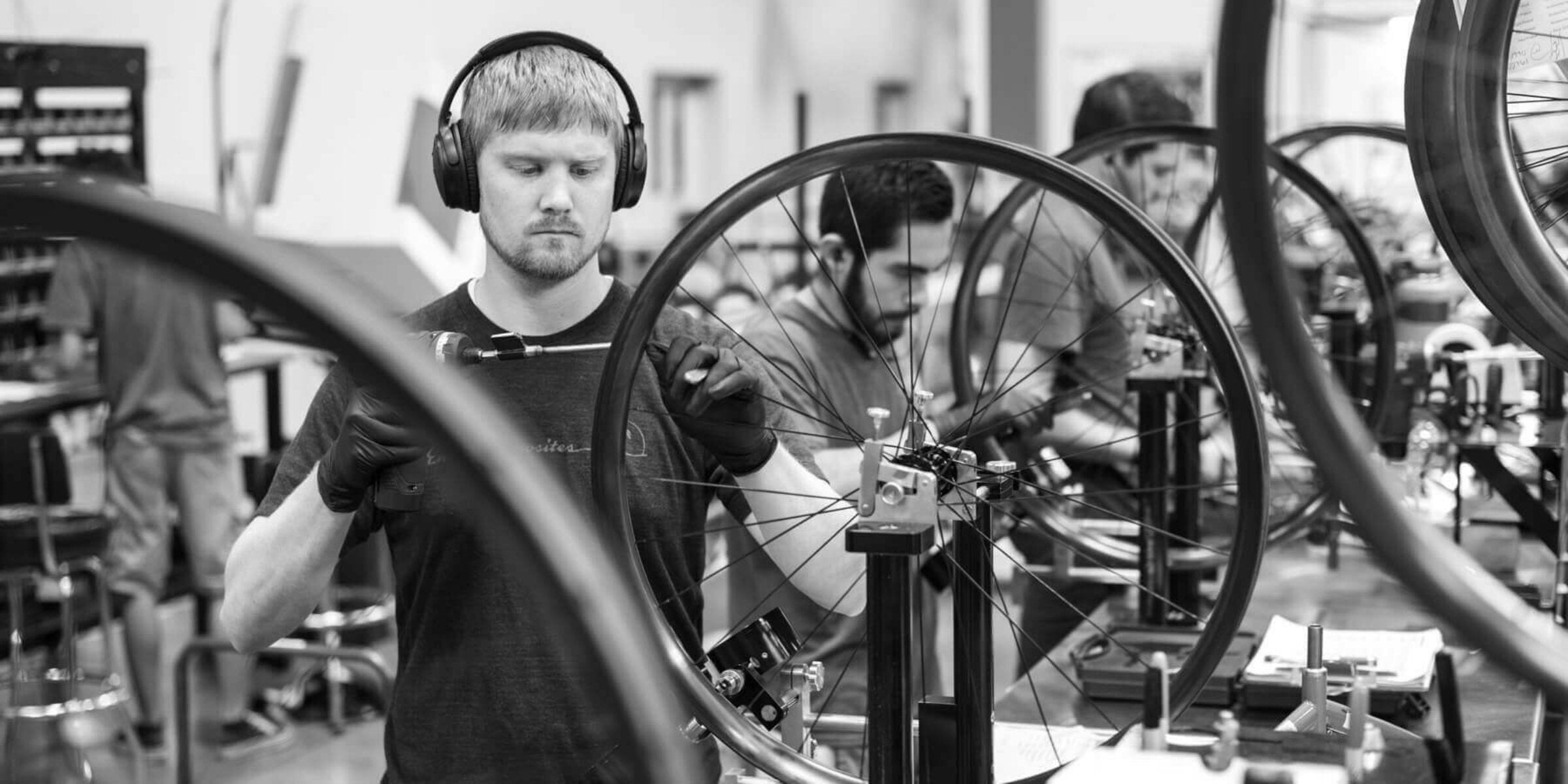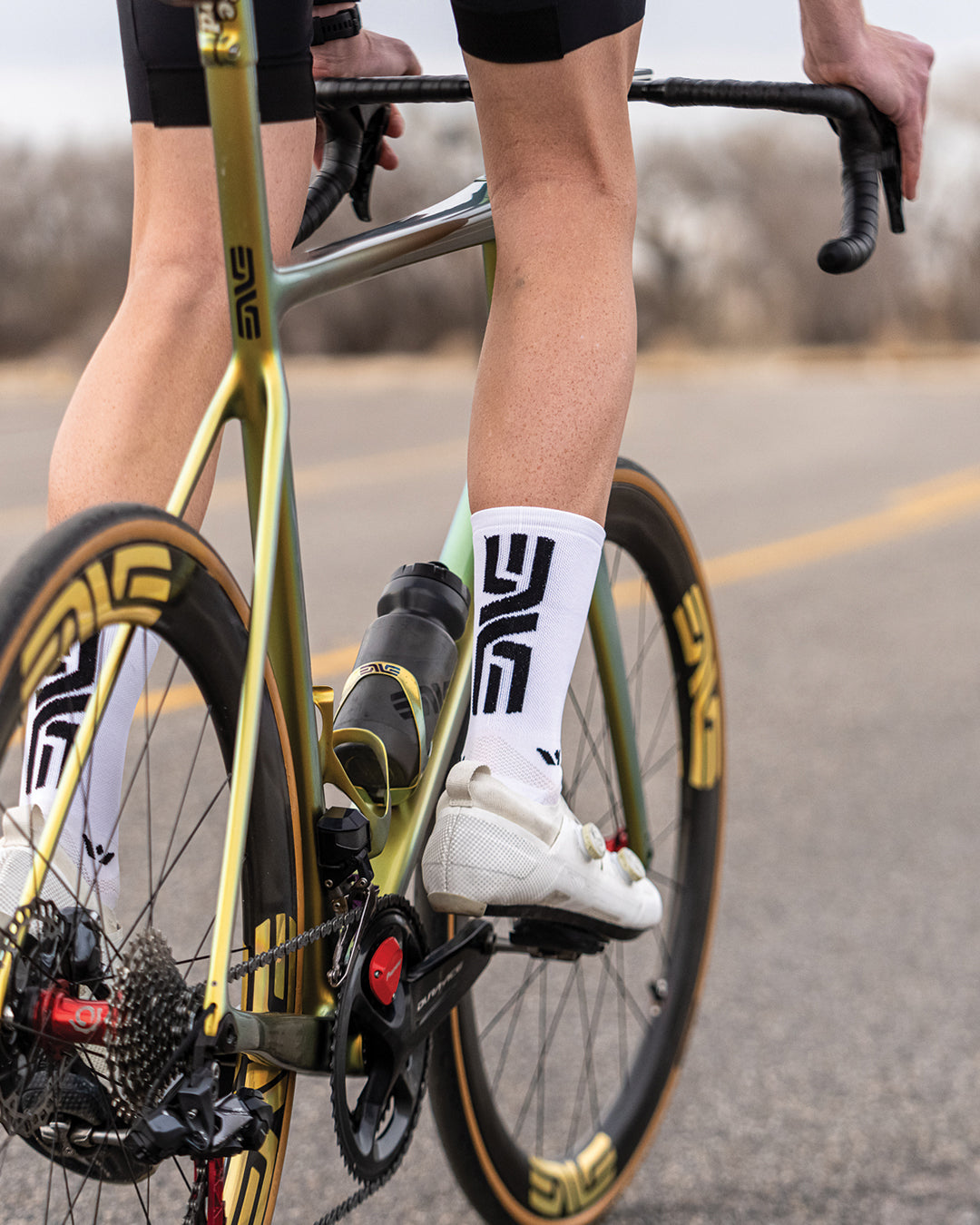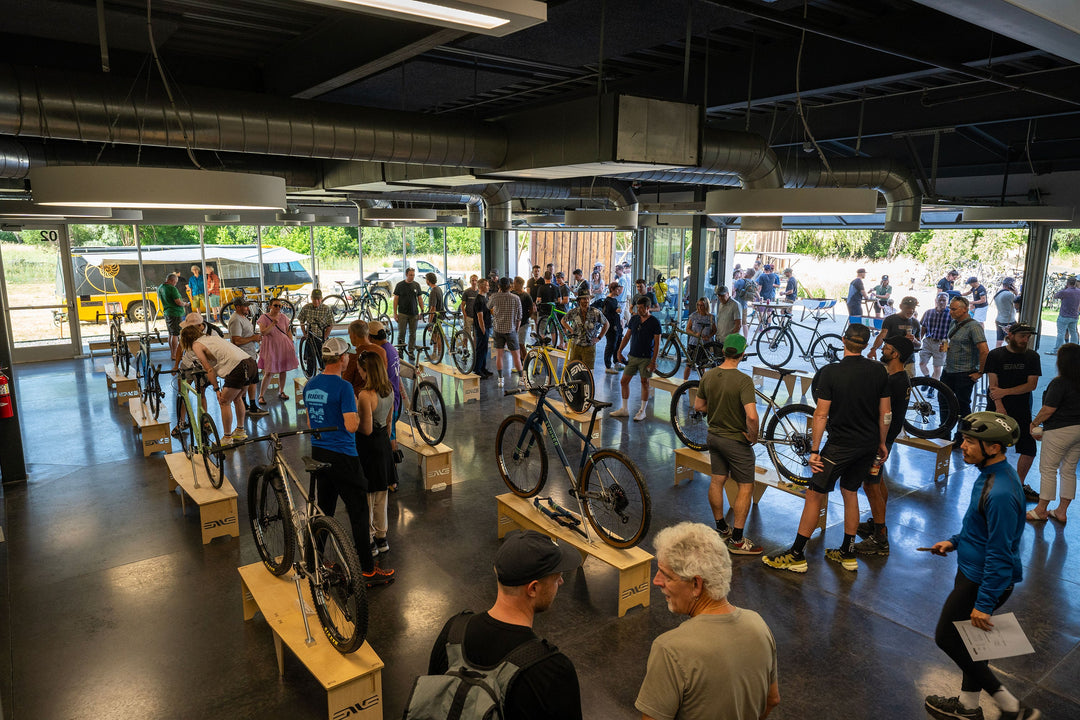Why Road Tubeless is Here to Stay
If you’re an avid mountain biker, you’re familiar with the value added benefits of tubeless rim and tire technology. However, did you know that road tubeless tire technology has been around for nearly a decade? In fact, road tubeless technology was first introduced to the aftermarket in 2006 when Shimano and Hutchinson collaborated to develop a tubeless compatible rim and tire. Despite a healthy dose of media buzz and predictions that tubeless technology would be the demise of tubular and tubed clincher technology, here we are ten years later in a world where tubeless tires are far from ubiquitous on the road.

Tubeless has become the standard for mountain rim and tire technology. ENVE M70 in action in Chile.
So what happened? Why haven’t inner-tubes been relegated to your saddlebag for extraction in cases of emergency flat repair only? Before we answer this question it is important to first understand that there are three main tire and rim systems available to you when looking at a new wheelset.
Clincher
Description: This is the standard folding clincher tire and inner-tube option.
Pros:
- Easy to install and remove tires and inner-tubes
- Superior aerodynamics
- Abundant tire options suitable for everything between winter training and professional racing
- Many inner-tube options allow you to customize the performance of your wheelset for intended application
- Inner-tubes can be patched
Cons:
- More prone to pinch flatting
- Inner-tubes are expensive
- Clincher rims are not always the lightest option
Tubular
Description: The choice of professional racers for decades, tubular rims require the use of tubular tires. Tubular tires, often referred to as “sew-ups” have an inner-tube installed into the tire and then the tire is closed around the inner-tube by sewing the two sides of the tire together, completely encompassing the inner-tube in the tire. To install a tubular tire, you must glue it to the tubular rim.
Pros:
- Lightweight
- More flat resistant than standard clinchers, installation of sealant can further improve performance
- Double sided tubular tape provides a clean tire installation solution
- When properly glued or taped, tire will remain on rim in case of flat tire
Cons:
- Expensive tires
- Installation requires time, and glue can be messy
- Generally speaking, aerodynamics fall short compared to clinchers
- A flat tire is most often an unrepairable tire and as noted above, expensive to replace

Most professional race teams including our own Team Dimension Data choose tubulars for racing.
Tubeless Clincher
Description: No inner-tube required. Rim and tire are specifically designed so that tire effectively locks onto the rim creating an airtight seal. Tire sealant is often used in the tire to reinforce the rim and tire seal as well as seal small punctures caused by road debris
Pros:
- Improved rolling resistance over standard clinchers depending tire brand and model
- Virtually flat proof wheels
- Lower tire pressure
- Aerodynamics of a standard clincher
- Abundant tire options suitable for everything between winter training and professional racing
Cons:
- Tire choice more limited than standard clincher
- Tires are expensive
- Tires are typically heavier than standard clincher tires
- Tire removal and flat repair is more challenging than on standard clincher with inner-tube
- Sealant can be messy
Now, let’s get into the details as they pertain to the history of road tubeless and the current state of affairs.

Pro triathlete James Cunnama testing the SES 7.8 and tubeless tires in Kona.
Tire Volume as it relates to Tubeless
Volume as it relates to tires has to do with the amount of pressure required to fill the tire and support the cyclist. As tire volume increases, the required tire pressure decreases. This is why 40 psi in a 23mm road tire is squishy and unrideable whereas in a 2.3” mountain bike tire it is rock hard and equally unrideable.

In terms of tubeless, bigger tires with more volume are consequently much easier to install and inflate. This was a +1 for mountain tubeless and a -1 for early road tubeless systems.
The point here is that more tire volume = more user friendly tubeless experience

Early Road Tubeless Tires
Ten years ago performance road tires were essentially limited to very low volumes with the most popular tire widths ranging from 19-23mm. As discussed in the section above, less volume equals a more challenging tubeless experience. The difficulty to install, inflate, and maintain road tubeless systems turned off many who endeavored to adopt the technology in its early days.
Additionally early tubeless tires were heavy and noticeably slower in terms of rolling resistance. While these tires were virtually impossible to flat, this one benefit did not outweigh the consequences imposed by maintenance, weight, and poor rolling resistance.
Today the story is much different and tubeless has been sitting in the shadows waiting for the right technologies to bring it into the limelight.
The following is an overview of 3 technologies that are bringing tubeless to the forefront.
Technology #1 – Aerodynamics
Over the years, we have learned a lot about what makes the most aerodynamically efficient rim. Back when road tubeless was first introduced, aero rims were basically air foil shaped, narrow (sub 22mm), and optimized around 19-21mm tires. As we learned how to make wheels faster and more stable in real world conditions, rim shapes evolved to wider slab-sided profiles.
 Mercedes- Petronas Formula One Windtunnel – Site of all ENVE aero testing.
Mercedes- Petronas Formula One Windtunnel – Site of all ENVE aero testing.
The first generation Smart ENVE System wheels for example, were optimized for 23mm tires and the rims were between 24mm and 26mm wide. Today, we have learned amazing things about wheel shapes as they pertain to aerodynamic efficiency in the bicycle. The latest Smart ENVE System wheelsets are even wider, optimized around 25-28mm tires, and aerodynamically faster and more stable. Because rim volume and tire volume have increased, the argument for tubeless is much stronger.

Technology #2 – Tires
Along with the evolution in rim shapes for aerodynamics, tire manufacturers have been working diligently to produce tubeless tires that are not only competitive weight wise but also highly efficient in terms of the tire’s rolling resistance. You may be asking yourself how perceivable is a tire’s rolling resistance? As a wheel manufacturer we labor tirelessly, manipulating rim shapes to save you 1-2 watts in your next race. However, it is completely possible to save yourself 5-10 watts simply by choosing the right tire. Trust us when we say it’s painfully noticeable when you lose 10 watts in rolling resistance.
Currently there are several road tubeless tires available that offer equal rolling resistance performance to the Continental GP4000S II tires with latex tubes. This Continental tire with a latex inner-tube is considered to be the benchmark in our industry in terms of rolling resistance efficiency by which all other tires are currently judged.
Another driver making tubeless more attractive is the fact that increased tire volume also nets a reduction in rolling resistance. For example, a 28mm Continental GP4000S II will save you roughly 2 watts over a 23mm Continental GP4000S II*.
The takeaway here is that the tires of today are fundamentally different than the tubeless compatible tires of yesterday.
Technology #3 – Disc Brakes on Road Bikes
You are probably asking, what do disc brakes have to do with anything? As a carbon wheel manufacturer the biggest challenge we face is making a clincher rim that can withstand the heat generated by braking forces. To engineer for brake heat management we must use a proprietary combination of carbon fiber laminates and resin to create a heat resistant rim. Tubeless tire and rim systems rely heavily on consistent and precise tolerances for the tire to hold an airtight seal. Heat causes carbon rims to expand and contract, not a good recipe for success on tubeless rims. While we’ve been able to successfully engineer tubeless compatible carbon rims with braking surfaces as found on the SES 2.2 and SES 7.8, it is not the most optimized solution.
Disc brakes remove heat from the equation which allow ENVE to produce a lighter and consequently more efficient rim. The weight savings of a disc brake rim over a rim brake rim are generally around 30-40 grams per rim.


Conclusions
While road tubeless got off to a slow start, the technology is gaining momentum. New aerodynamic, tire, and braking technologies are creating the perfect environment for wide adoption of tubeless tire technology.
Just think of the possibilities… You line up on the starting line at your next race, on a super-fast and stable SES tubeless wheelset, running confident handling 25mm tires with ultra-low rolling resistance and virtually no chance of flatting. Sounds like the kind of technology dreams are made of.
For help installing tires on ENVE tubeless compatible wheels please read this article and for instructions to set up your new wheels tubeless watch the video below!


